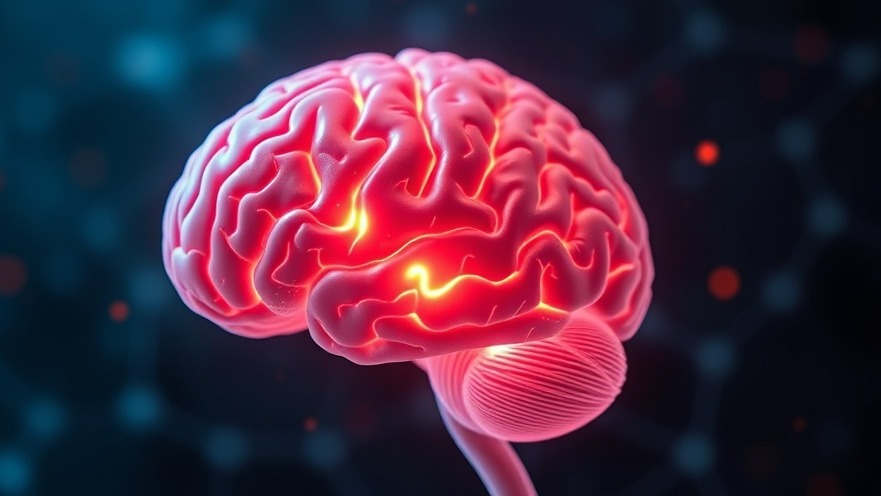
An Innovative Leap in Parkinson's Treatment: The Adaptive DBS
In a significant medical breakthrough, a new treatment called Adaptive Deep Brain Stimulation (aDBS) is reshaping how young-onset Parkinson's disease is being managed. This innovative therapy, resembling a pacemaker for the brain, promises to present a new way of effectively managing the debilitating symptoms associated with the disorder. Veterans of the fight against Parkinson's, such as Keith Krehbiel, are among the first beneficiaries, instilling a sense of hope for millions of others.
Understanding aDBS: A Revolution in Neurological Care
The aDBS system is engineered to respond in real time to the brain's feedback, making it a pivotal advancement from older treatments. Traditional methods, which have remained largely unchanged since they were FDA-approved back in 1997, offer a one-size-fits-all approach. In contrast, it was Dr. Helen Bronte-Stewart from Stanford University who emphasized that previous deep brain stimulators were “blind and deaf to the brain's own rhythms,” further heightening the necessity for a more interactive and responsive treatment model.
The Growing Burden of Parkinson's Disease: A Societal Concern
Parkinson's disease diagnoses have alarmingly doubled over the past three decades, now affecting about 10 million individuals globally. As the prevalence continues to rise, so too does the urgency for effective treatments, particularly in the United States, which records around 90,000 new cases each year. With projections suggesting that as many as 25 million people may face this challenging condition by 2050, understanding and integrating cutting-edge technologies into clinical practices is paramount for healthcare professionals.
Engaging with Technological Solutions in Your Practice
For concierge health practitioners, staying abreast of these advances is vital. By understanding the potential of aDBS and similar technological interventions, health practitioners can better inform and support their patients. The integration of technology into traditional treatments not only enhances patient outcomes but also positions practitioners as leaders in modern healthcare.
Future Trends: ADBS and Personalized Medicine
The introduction of aDBS indicates a shift towards personalized medicine, where treatments are tailored to each individual's unique neurological patterns. This trend emphasizes not only the importance of innovative technology but also the role of healthcare professionals in adopting and advocating for personalized approaches. Practitioners should anticipate continued research and development in this field, as advancements in neurostimulation technology promise further enhancements to patient care.
Case Study: Keith Krehbiel’s Journey
Keith Krehbiel's story illustrates the profound impact that new therapies like aDBS can have. Diagnosed with Parkinson's at 42, his experience resonates with many facing similar challenges. His journey highlights the emotional and psychological hurdles of living with Parkinson's, underscoring the importance of supportive care and innovative treatment options that can significantly improve quality of life.
Conclusion: Why You Should Stay Informed
As adaptive therapies like aDBS enter the scene, it's crucial for concierge health practitioners to keep an eye on developments in the field. Understanding the implications of these advances allows healthcare providers to deliver the best possible care, paving the way for better management of diseases like Parkinson's. As new options emerge for patients, being informed not only enhances practitioner capabilities but also ensures that patients receive the most current and effective treatment strategies.
Take Action Now! Engage with these emerging treatment modalities and keep your practice ahead of the curve. Familiarize yourself with adaptive therapies to optimize care for your patients.
 Add Row
Add Row  Add
Add 






Write A Comment